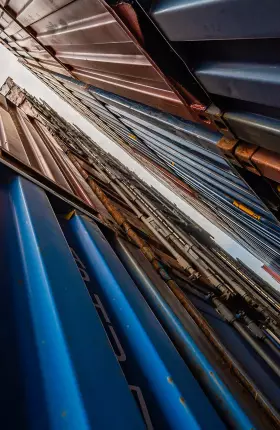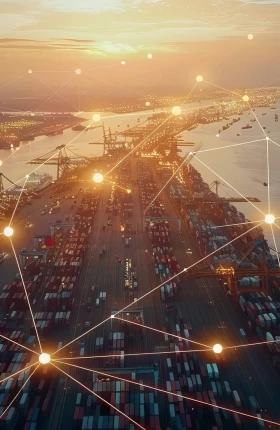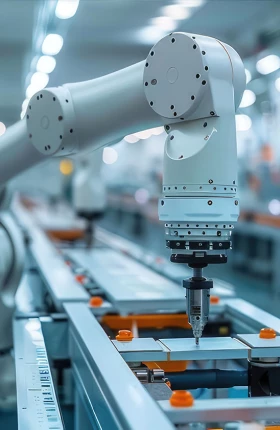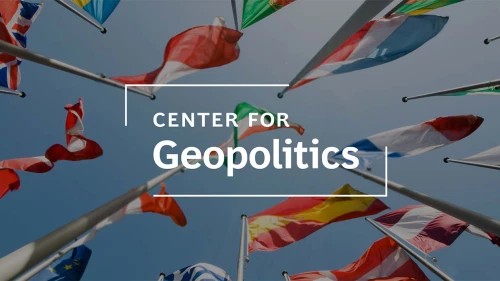国際貿易へのBCGのアプローチ
「様子を見る」姿勢では、企業や政府が優位なポジションにつけることにはつながりません。BCGの国際貿易領域のコンサルタントは、クライアントが国際貿易環境の変化に応じてリスクを軽減し、競争優位性を獲得するために、明確で能動的な打ち手を特定し実行できるよう支援します。
- 影響度の評価。企業がまず取り組むべきは、自社の製造・供給・流通ネットワークを徹底的に分析し、貿易ルールの変化の影響度を把握することです。今日の不安定な貿易環境では、関税司令センターを立ち上げ、関税の理解、迅速な組織的対応、実証済みの施策の活用、そして変化し続ける貿易ダイナミクスへの俊敏な対応に注力すべきです。さらに、バリューチェーン全体にわたる売上、コスト、生産資産への影響を定量化する必要があります。
- ダイナミクスの理解。突発的な貿易政策の変更は、企業によって異なる形で競争環境全体を変化させます。新しい貿易ルールが特定市場の各商品に与える戦略的影響(たとえば価格競争力や市場アクセス)を明らかにすることが重要です。また、競合企業やそのサプライヤーへの影響度を把握することで、相対的な影響を理解し、潜在的な機会を特定します。
- 活用可能な手段の特定。リスクを軽減するとともに競争優位性を構築するために、異なるシナリオのもとでの、貿易政策の変化に対応するために取り得る打ち手を網羅的に洗い出します。積極的な打ち手と受動的な打ち手の両方、そして、それらを実行すべきタイミングを示すトリガーを特定します。
- レジリエンスの構築。新規サプライヤーの事前認定といった低コストで先制して実施できる「後悔のない手段」を特定し、選択肢や柔軟性を確保することで、国際貿易ルールに突発的な変更があった場合でも迅速に対応できるようにします。
- プレイブックの作成。シナリオごとに取るべき打ち手を整理し、経営陣の間でどんな状況下でどの手を打つのかについて合意を形成します。
The Trends Transforming International Trade Policy
To stay ahead, it is important to understand the megatrends that are transforming international trade. The following changes are not just driving headlines in the business press—they are affecting real companies in a very significant way:
- 経済ナショナリズムが台頭しています。政治的左派と右派の両側で、反グローバリゼーションの動きが高まり、ブレグジット、貿易摩擦に加え、NAFTAや環太平洋パートナーシップ協定などの、多国籍間合意の再交渉や合意からの離脱を引き起こしています。
- 国家資本主義が拡大しています。特に中国においては、国営企業のグローバル拠点が成長していますが、本国市場では保護されたままです。
- サプライチェーンは、さらに現地化しています。オートメーションや、柔軟性を増すインダストリー4.0による高度製造システムによって、顧客に近い場所での生産がより経済的で実際的になる一方、長距離のグローバルサプライチェーンに対するニーズが低下しています。
- デジタル経済が物理経済にとって代わりつつあります。クロスボーダー商取引の成長率は鈍化しましたが、デジタルプラットフォームを介したサービスと付加価値ソリューションの国際取引は拡大しています。
One medical equipment maker was relieved at first when South Korea had negotiated an exemption from 25% US tariffs on steel; it was using specialty Korean steel in one of its devices. That all changed when significant supply-chain disruption set in and the firm realized that its supplier did not receive a quota allocation, and that it could not import this essential component at any price until the next quota allocation was granted three months later.
Also, a prominent Turkish white goods player was able to seize a significant market opportunity in the US when a large Chinese player was hit with US Tariffs on China.
Some may still argue that these examples are the results of specific political leaders in specific countries, and that once those leaders are gone, these sorts of problems will disappear. However, while the current political tensions around trade in many parts of the world may evolve, the four megatrends mentioned above will ensure that the international trading system will not return to the broad trend of trade liberalization and economic globalization that the world saw in the 1990s and 2000s.
Navigating Tariffs
BCGはクライアントの国際貿易の変化への適応をどのように支援しているか
グローバル・トレード・モデル
マクロトレンドや地政学をもとに、回廊や製品レベル別の貿易フローを予測します。
トレード・フロー・アナリティクス
政府が公表するデータをもとに、動的な貿易フローのマップと先進的な分析を提供します。
関税最適化
貿易ルートと国家間の関係性に基づき、関税コストを分析・削減する助けとなります。
トレード・エンゲージメント・インデックス
主要な貿易指標を統合し、単一モデルで各国を比較できるようにします。
地政学リスクモデル
さまざまな指標とセクターレベルのインサイトを用いて安定性を評価します。
コスト・コンペティティブ・インデックス
地域、SKU、サプライヤーごとにコストを比較することにより、リスクと機会を特定します。
Trade × Climate インパクト・アセスメント
気候関連規制が貿易フローや競争力にどのような影響を与えるかをモデル化します。
トレード・ポリシー・レーダー
世界の貿易ルール、制裁、救済措置を、定性的・定量的なデータ収集とモニタリングによって追跡します。
国際貿易におけるBCGのクライアント支援事例
BCGの国際貿易領域のコンサルタントは、グローバル貿易の大変革期に企業が適応し成長できるよう支援しています。
国際貿易 最近の論考






















